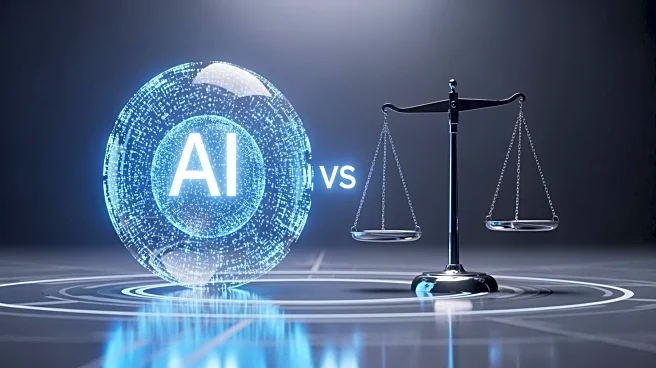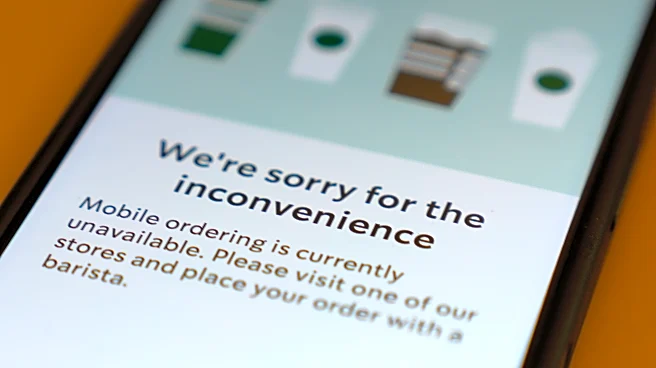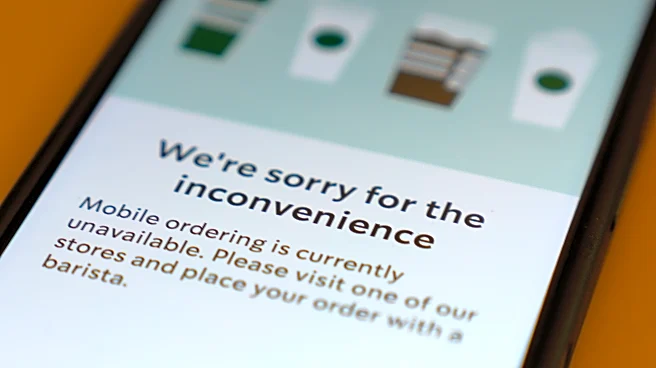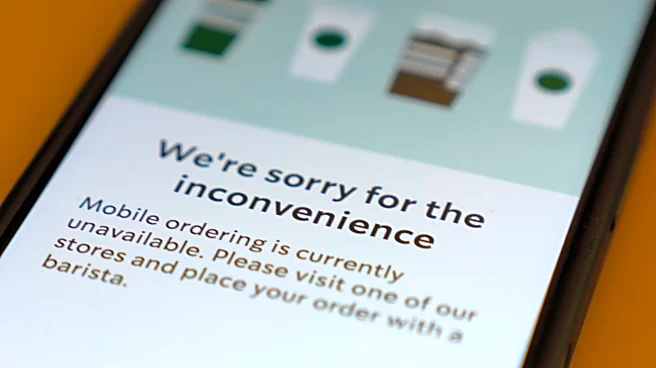What's Happening?
Employees from Blizzard's Hearthstone and Warcraft Rumble teams have voted to unionize with the Communications Workers of America (CWA). Over 100 workers, including software engineers, designers, artists, quality assurance testers, and producers, will
join CWA Local 9510 in Irvine, California. Microsoft has recognized the union. The unionization effort was inspired by the previous unionization of over 500 World of Warcraft developers. The move aims to address issues such as layoff protections, security for remote workers, and wage gaps.
Why It's Important?
The unionization of Blizzard's Hearthstone and Warcraft Rumble teams reflects a growing trend of labor organization within the tech and gaming industries. This development could lead to improved working conditions and job security for employees, potentially influencing other companies to follow suit. The recognition by Microsoft indicates a shift towards acknowledging and supporting union efforts, which could have broader implications for labor relations in the industry. As more workers organize, companies may need to adapt their policies to address employee concerns and demands.
What's Next?
The unionization process will likely lead to negotiations between the employees and management to address the issues raised. Other divisions within Blizzard and Microsoft-owned studios may consider unionizing, further strengthening the labor movement within the industry. Stakeholders, including industry leaders and labor advocates, will be watching closely to see how these developments impact employee relations and company policies. The outcome of these negotiations could set precedents for future unionization efforts in the tech and gaming sectors.
Beyond the Headlines
The unionization of Blizzard employees highlights the ethical considerations of labor rights and fair treatment in the gaming industry. It raises questions about the balance between corporate interests and employee welfare. As more workers organize, there may be a cultural shift towards valuing employee contributions and fostering a more inclusive and equitable work environment. This movement could lead to long-term changes in how companies approach labor relations and employee engagement.














